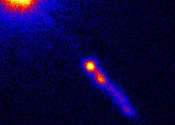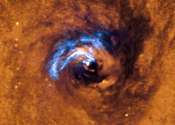Astronomers monitor nearby blazar Markarian 501
A team of astronomers from Switzerland and Germany has conducted a long-term multi-band photometric monitoring of a nearby blazar known as Markarian 501. The observational campaign delivered essential information regarding ...









